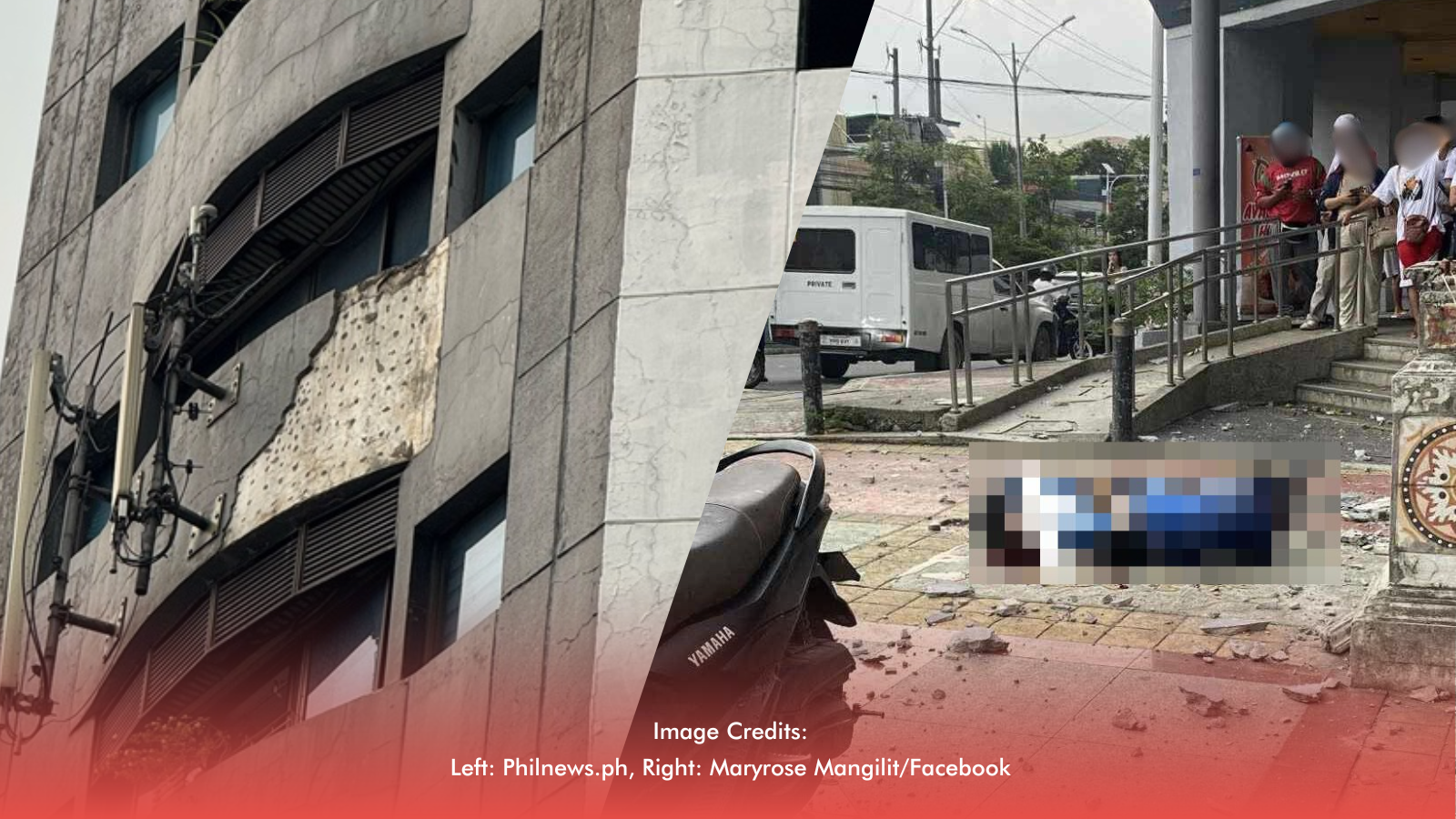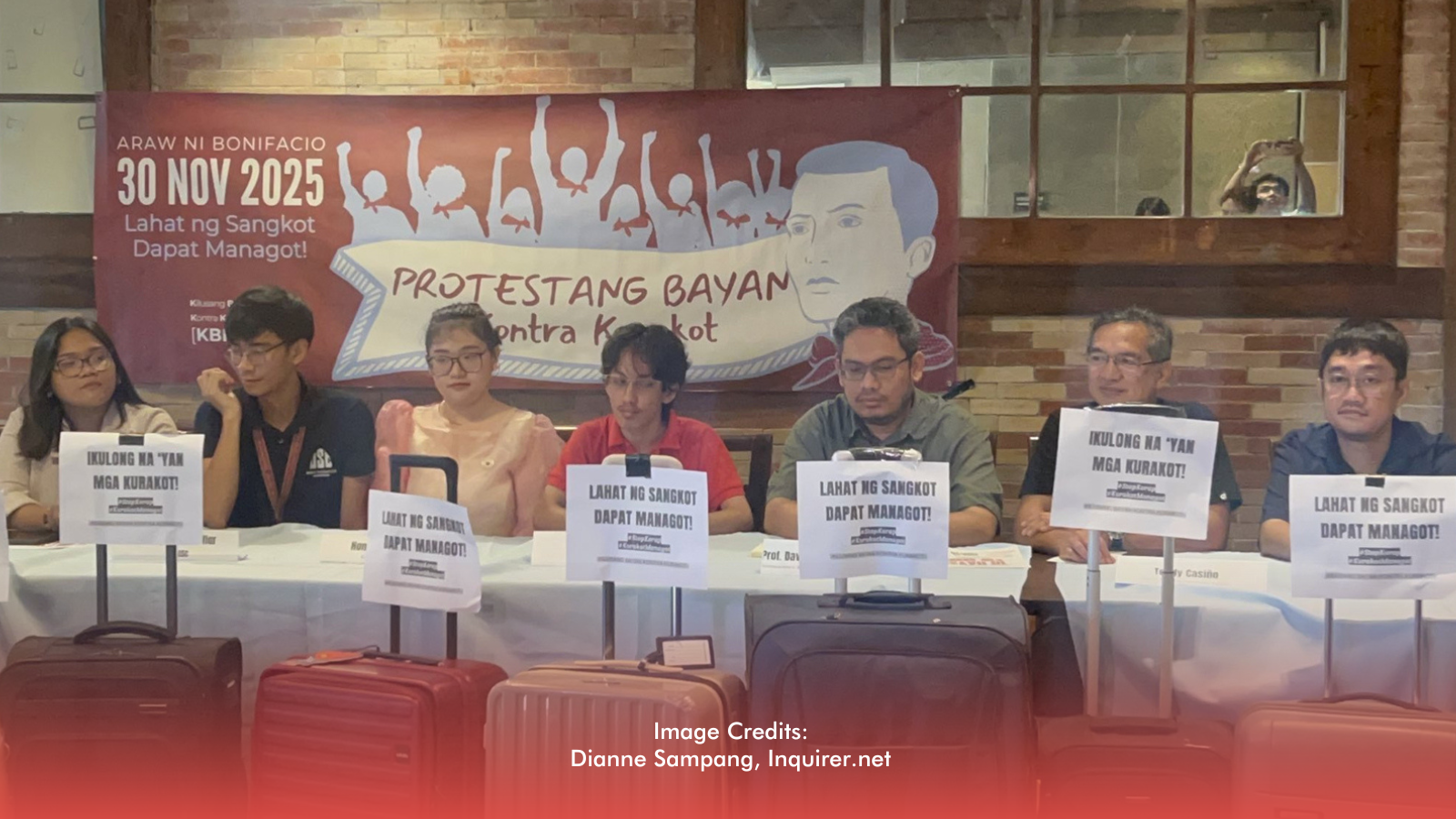It was a normal Tuesday afternoon along the busy stretch of Tomas Morato Avenue in Quezon City—until concrete debris from a condominium suddenly fell onto three high school students walking home. Two remain in critical condition, and one is recovering from arm injuries. The victims were rushed to Capitol Medical Center, but the question now hangs heavy in the air:
Why did this happen in the first place?
The Question of Accountability
The condominium, identified as Atherton Place, now faces intense scrutiny. In the eyes of many, responsibility starts with the building owner and management. Were regular structural inspections conducted? Was there a visible defect that was ignored?
Philippine law requires property owners to maintain safe premises, yet accidents like this suggest that enforcement is often lax.
Under Philippine Civil Code Article 2176, a person who causes damage through negligence is obligated to compensate the injured. This principle extends to property owners whose failure to maintain safe premises results in harm—meaning falling debris, for example, could result in liability under quasi-delict and nuisance laws.
If inspections did happen, were they thorough—or just a formality? Until investigators release findings, the answers remain unclear, but accountability cannot be optional when lives are at stake.
Maintenance Neglected?
Concrete doesn’t fall without a cause. Engineers point to possible reasons: water seepage that weakens cement, neglected cracks, or poor initial workmanship. These are problems that can be spotted and fixed—if someone is looking.
In a city dotted with aging high-rises, routine maintenance is not just a cost of ownership; it’s a public duty. This tragedy raises the uncomfortable possibility that preventive care was overlooked until it was too late.
Government Action: Too Late or Just in Time?
The Quezon City government has launched a formal investigation and is reviewing potential legal cases. The Social Services and Development Department is assisting the victims’ families, while building inspectors and the QCPD have cordoned off the area.
In a statement, the QCPD confirmed that Atherton Place Condominium’s management has expressed its willingness to cooperate with the investigation, assuring the public of a “swift and comprehensive probe” as safety remains the top priority.
But critics ask: Why does it take a tragedy before thorough inspections are done? Should there be surprise structural audits for all buildings, not just when something goes wrong? After all, the safety of pedestrians in dense urban areas depends on preventive action, not reactive measures.
More Than Just One Incident
This isn’t the first time falling debris has injured or killed people in Metro Manila. In a rapidly growing cityscape, aging infrastructure coexists alongside new developments. Without strict and consistent maintenance checks, the next accident might just be a matter of time—and location.
A Call to Action
The Tomas Morato incident is more than an isolated tragedy; it’s a warning. Pedestrians shouldn’t have to worry about the sky falling—literally—when walking home from school or work.
Accountability must be enforced, maintenance must be non-negotiable, and government oversight must be proactive. Until then, every cracked wall or loose fixture overhead is not just a cosmetic flaw—it’s a potential disaster waiting to happen.
RELATED: [Bigger Than Buildings: Magalong Warns 70% of Infrastructure Funds Lost to Corruption]








